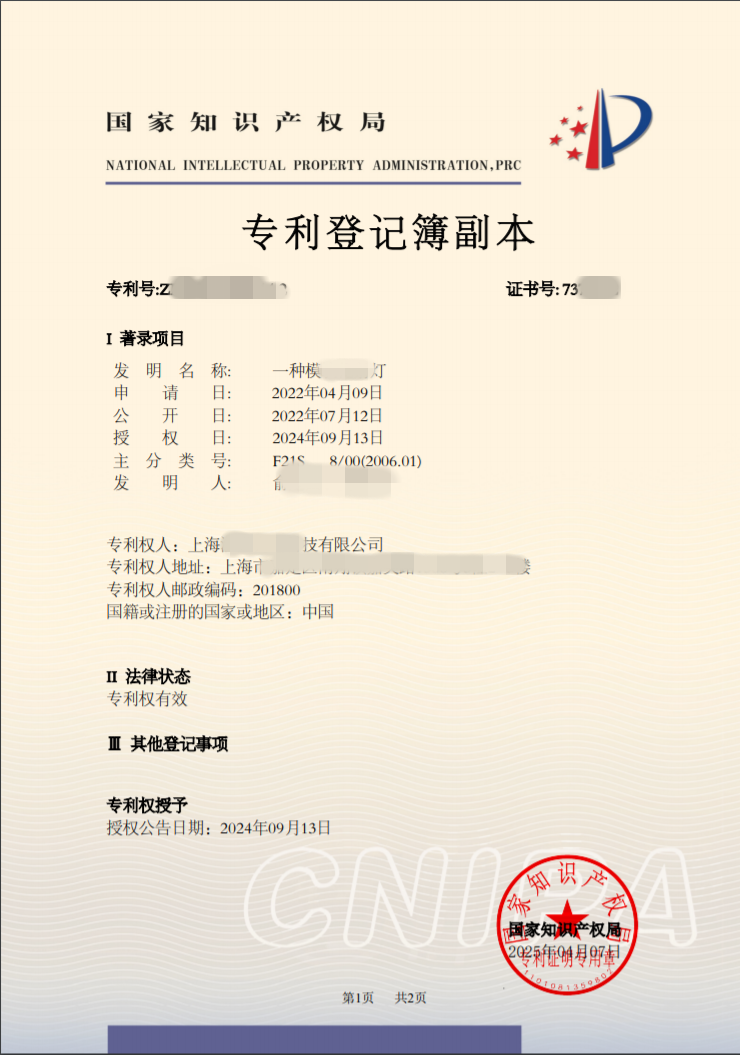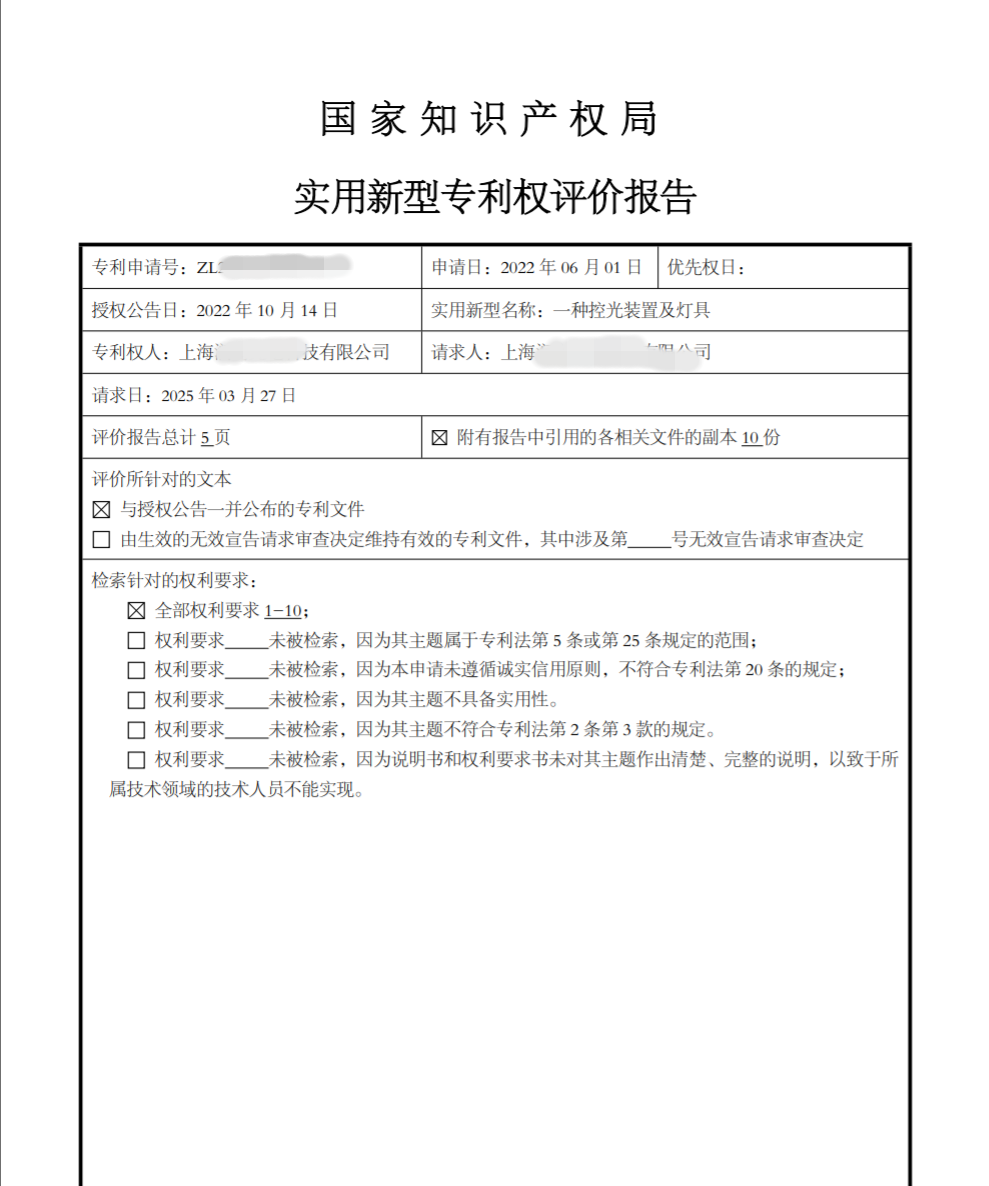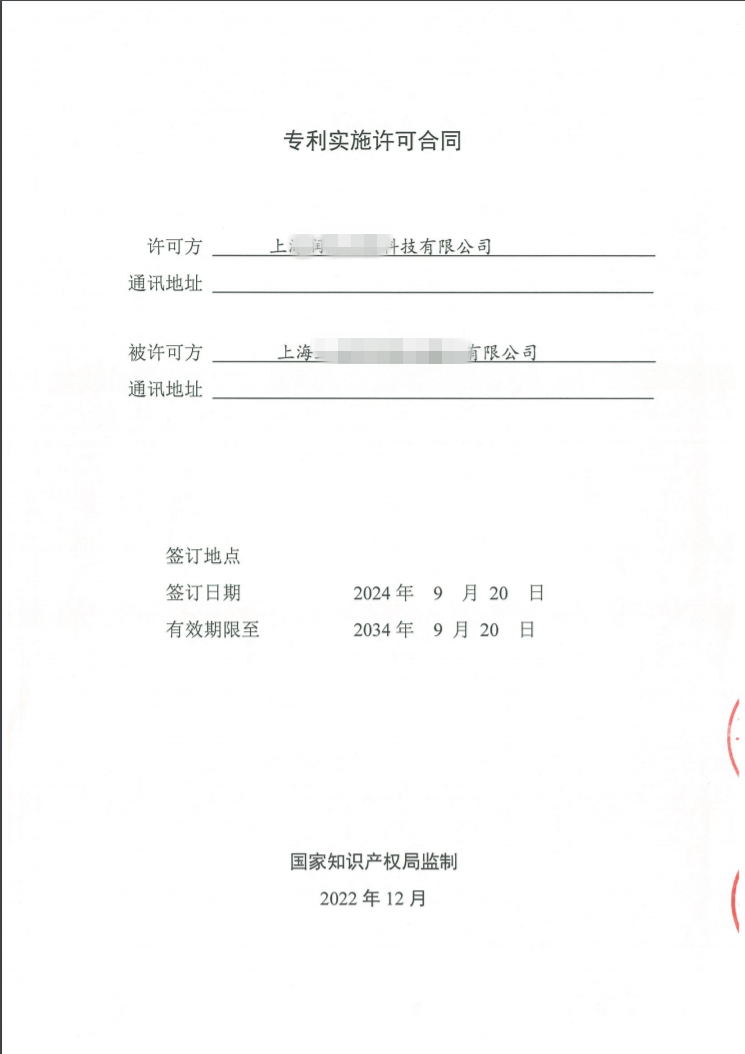A Guide to Patent Infringement Litigation in China for Foreigners
Navigating patent infringement litigation in a foreign country can be a complex endeavor. In China, this process is particularly specialized, demanding a significant level of technical knowledge and extensive litigation experience. For those new to Chinese patent law, this guide offers a foundational overview of the key considerations and procedures. The process can generally be broken down into four main stages:
Establishing the basis of your right
Determining the correct jurisdiction
Organizing the necessary legal documents
Collecting and preserving evidence
1. Establishing the Basis of Your Right
Before initiating a lawsuit, it is crucial to firmly establish the legal foundation of your patent claim. This involves more than just presenting your patent certificate.
Obtain a Patent Evaluation Report for Non-Invention Patents
A critical first step depends on the type of patent you hold. In China, there are three types of patents: invention, utility model, and design. Unlike invention patents, utility models and design patents are granted without undergoing substantive examination. Consequently, their legal stability is not presumed.
To address this, Chinese courts typically require the patent holder to provide a Patent Evaluation Report (PER) issued by the China National Intellectual Property Administration (CNIPA) as evidence of the patent's validity. While a 2020 Supreme People's Court ruling clarified that a PER is not an indispensable document for filing a suit, it remains a common and highly recommended piece of evidence to prove the stability of your right. Filing a lawsuit without one may lead to the court ordering you to obtain it during the proceedings.
Conduct a Thorough Claims Comparison
While it may seem obvious, a meticulous comparison of the patent claims against the infringing product is essential. It is not enough for only some parts of a claim to correspond to the accused product. The analysis must follow a specific hierarchy:
First, compare the alleged infringing product against the independent claims of your patent.
If, and only if, the product falls within the scope of an independent claim can you proceed to compare it against the dependent claims.
If the product does not infringe upon the independent claims, any comparison with dependent claims is meaningless.
2. Determining Litigation Jurisdiction
Choosing the correct court is a critical strategic decision. In the past, patentees could sometimes establish jurisdiction in their own locality through methods like a notarized purchase. However, this practice is becoming less accepted by many courts. Therefore, it is generally best to file the lawsuit based on the infringer's location. The "infringer" can include several parties, such as:
The manufacturer of the infringing product.
Downstream companies, like distributors or sales agents.
Any entity that purchases and uses the infringing product for commercial purposes.
For the convenience of the patent holder and their legal team, selecting a court in a jurisdiction close to your own location or the infringer's main place of business is often preferable.
Jurisdictional rules in China can be complex and are subject to change. For instance, patent cases were traditionally handled by Intermediate People's Courts. Now, however, some utility model and design patent cases are being delegated to lower-level Basic People's Courts. Regional variations are also common:
In major metropolitan areas like Beijing, Shanghai, and Guangzhou, specialized Intellectual Property Courts have jurisdiction over patent cases.
In Jiangsu province, jurisdiction for invention patent cases is split, with some cities falling under the purview of the Nanjing Intermediate People's Court and others under the Suzhou Intermediate People's Court.
Failing to observe these specific jurisdictional rules can pose a significant obstacle to your case.
3. Organizing Your Right-Confirmation Documents
Simply possessing a patent certificate is not sufficient to proceed with litigation. You will need to prepare a comprehensive file of documents to prove your rights, which typically includes:
The official Patent Certificate.

The patent grant announcement and other prosecution file documents.

Receipts and records of annuity payments.

A certified copy of the patent register.

A Patent Evaluation Report (for utility models and design patents).

Any relevant patent licensing agreements, especially if you are a licensee rather than the direct patentee.

4. Collecting and Preserving Evidence
Evidence gathering can be divided into two main categories: proof of the infringement itself, and proof of the financial loss you have suffered or the illegal profits gained by the infringer.
A widely used and highly credible method for securing infringement evidence is the notarized purchase. In this process, the patent holder or their representative purchases the infringing product in the presence of a notary public. The notary will document the entire process, take photographs, and issue a notarial certificate. The purchased item is then sealed and kept by the patent holder to be opened and examined in court during the trial. Given that Chinese courts place a high value on documentary and notarized evidence, this method significantly strengthens your case. When direct purchase is not possible, you can also apply for a court order to preserve evidence located at the infringer's premises.